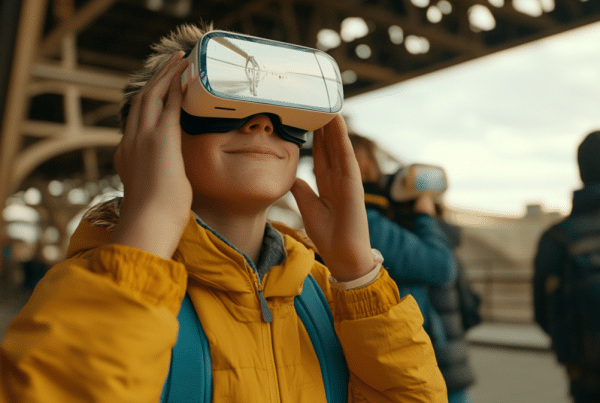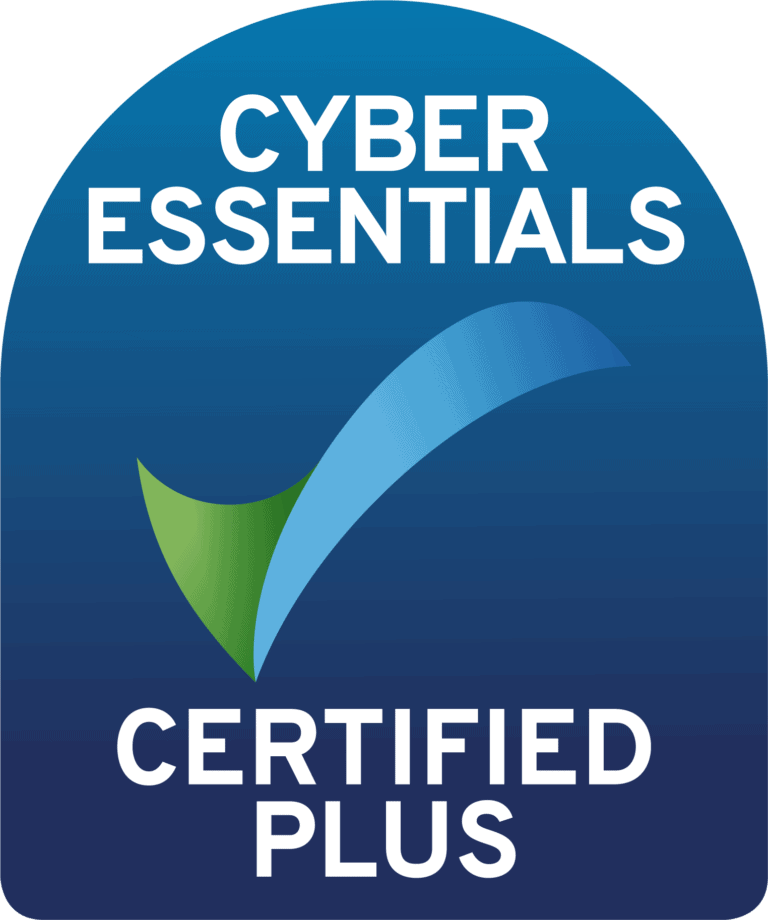In today’s increasingly digital world, access to technology and the internet is no longer a luxury but a necessity. Mobile telecoms have played a pivotal role in connecting people across the globe, transforming the way we communicate, work, and access information. However, this digital revolution has also given rise to a significant digital divide, where certain segments of society have limited or no access to mobile services and the opportunities they offer. Bridging this divide and ensuring digital inclusion for all has become a pressing challenge for governments, mobile network operators, and communities.
Digital inclusion refers to the availability and affordability of digital technologies and the skills needed to utilise them effectively. It encompasses access to high-speed internet, mobile devices, and the ability to navigate and engage with digital services. In the context of mobile telecoms, digital inclusion is about providing access to mobile networks and services to all segments of society, irrespective of their socioeconomic status or geographical location.
Mobile telecoms have emerged as a vital tool in promoting digital inclusion. The widespread adoption of mobile phones and the expansion of mobile networks have enabled people to connect with each other, access online services, and participate in the digital economy. However, despite these advancements, significant barriers persist, preventing many individuals and communities from benefiting fully from the digital age.
Efforts to Bridge the Digital Divide
Government Initiatives
Governments around the world, including the UK, recognise the importance of digital inclusion in fostering social and economic growth. In the UK, various initiatives have been implemented to bridge the digital divide and ensure that every citizen has access to mobile services and the Internet.
One notable effort is the funding and support provided by the UK government for infrastructure development in underserved areas. By investing in broadband and mobile network expansion, the government aims to connect remote and rural regions, where traditional connectivity solutions have been lacking.
Additionally, collaborations between the government and mobile network operators have resulted in joint projects to improve coverage in areas with low connectivity. These partnerships enable the pooling of resources and expertise to reach more people and enhance digital access.
Mobile Network Operators’ Initiatives
Mobile network operators (MNOs) have a crucial role to play in driving digital inclusion. Recognising their responsibility to address the digital divide, MNOs have launched various initiatives to expand their networks and improve accessibility for underserved communities.
Investing in network expansion is one of the primary efforts undertaken by MNOs to reach marginalised areas. By extending their coverage to remote regions, mobile operators aim to provide essential communication services to people who were previously disconnected.
Moreover, MNOs have introduced tailored data plans and affordable tariffs to address economic barriers. These specially designed plans cater to the needs of low-income individuals, ensuring that cost does not become a hindrance to mobile connectivity.
To further enhance access, MNOs have collaborated with non-governmental organisations (NGOs) and community-based organisations. These partnerships allow MNOs to leverage local knowledge and understand the unique challenges faced by different communities, resulting in more effective and sustainable solutions.
Community-Driven Projects
In addition to government and MNO efforts, community-driven projects have emerged as powerful tools to promote digital inclusion from the ground up. Grassroots initiatives, often spearheaded by passionate individuals and community organisations, have been successful in bringing digital services to underserved populations.
Community centres, libraries, and other public spaces have been transformed into digital hubs, offering free internet access and computer facilities to those who lack personal devices. These hubs serve as a gateway to the digital world, enabling individuals to access educational resources, job portals, and various online services.
Training and skill development programs are an integral part of community-driven projects. Digital literacy workshops empower individuals with the knowledge and confidence to use mobile devices and access online services effectively.
Challenges in Achieving Digital Inclusion
Despite the progress made in digital inclusion efforts, several challenges hinder the goal of providing universal access to mobile services.
Infrastructure Barriers

Coverage gaps in rural and remote areas remain one of the most significant challenges in achieving digital inclusion. Setting up infrastructure in sparsely populated regions is often economically unviable for private telecom operators, resulting in limited access to mobile services for residents of these areas.
Technical challenges, such as difficult terrain and physical obstacles, also pose obstacles to network expansion. The process of laying down fibre optic cables or installing cell towers in such areas can be complex and time-consuming.
Technical challenges, such as difficult terrain and physical obstacles, also pose obstacles to network expansion. The process of laying down fibre optic cables or installing cell towers in such areas can be complex and time-consuming.
Moreover, balancing infrastructure expansion with environmental concerns is crucial. The development of mobile networks must be environmentally sustainable, taking into account the impact on ecosystems and wildlife.
Affordability and Access to Digital Inclusion
Economic barriers can prevent certain segments of society from accessing mobile services. The cost of smartphones and data plans can be prohibitive for low-income individuals, effectively excluding them from the digital landscape.
While affordable tariffs and data plans have been introduced to address this issue, striking a balance between affordability and quality of service remains a challenge. Providing low-cost services without compromising on network performance and reliability is a delicate task for mobile network operators.
Digital exclusion is not limited to rural areas. It also affects vulnerable populations in urban centres. Affordable access to mobile services must be ensured for those living in poverty-stricken neighbourhoods and marginalised communities.
Digital Literacy and Skills Gap
Having access to mobile services is only one aspect of digital inclusion. To fully participate in the digital world, individuals must possess digital literacy and skills.
Digital literacy refers to the ability to navigate and understand digital technologies, including mobile devices and the Internet. Many elderly individuals and marginalised groups may lack the necessary knowledge to utilise mobile services effectively.
The absence of digital skills hinders individuals’ ability to access online education, apply for jobs, or access essential public services. Bridging the skills gap is essential to unlock the full potential of digital inclusion.
The Socioeconomic Impact of Digital Inclusion
Digital inclusion goes beyond providing access to mobile services; it has a profound impact on the socioeconomic landscape of a society.
Education and Employment Opportunities
Digital inclusion opens doors to new educational opportunities. Online learning platforms and educational resources become accessible to individuals with internet connectivity, regardless of their physical location.
This access to education has a direct impact on employment opportunities. Digital skills are increasingly essential in the job market. Individuals who possess these skills are better equipped to secure employment and advance in their careers.
Digital inclusion also fosters entrepreneurship. With access to mobile services, individuals can explore online business ventures, access financial services, and promote their products and services through digital marketing.
Healthcare and Public Services
Digital inclusion plays a critical role in healthcare accessibility. Telemedicine and remote healthcare services become available to individuals in remote areas, reducing the need for travel to medical facilities.
Moreover, digital solutions enhance public service delivery. Online government portals and applications allow citizens to access information, apply for services, and interact with government agencies more efficiently.
The availability of digital services has a positive impact on overall public health. Individuals can access information about preventive measures, health advice, and vaccination programs.
Future Prospects and Recommendations for Digital Inclusion
The journey towards achieving universal digital inclusion is ongoing. The future holds promising prospects, but it also requires concerted efforts and strategic planning.
Technological advancements, such as 5G and beyond, have the potential to revolutionise digital inclusion efforts. 5G offers faster and more reliable mobile connectivity, making it easier to reach remote areas and provide better network performance









